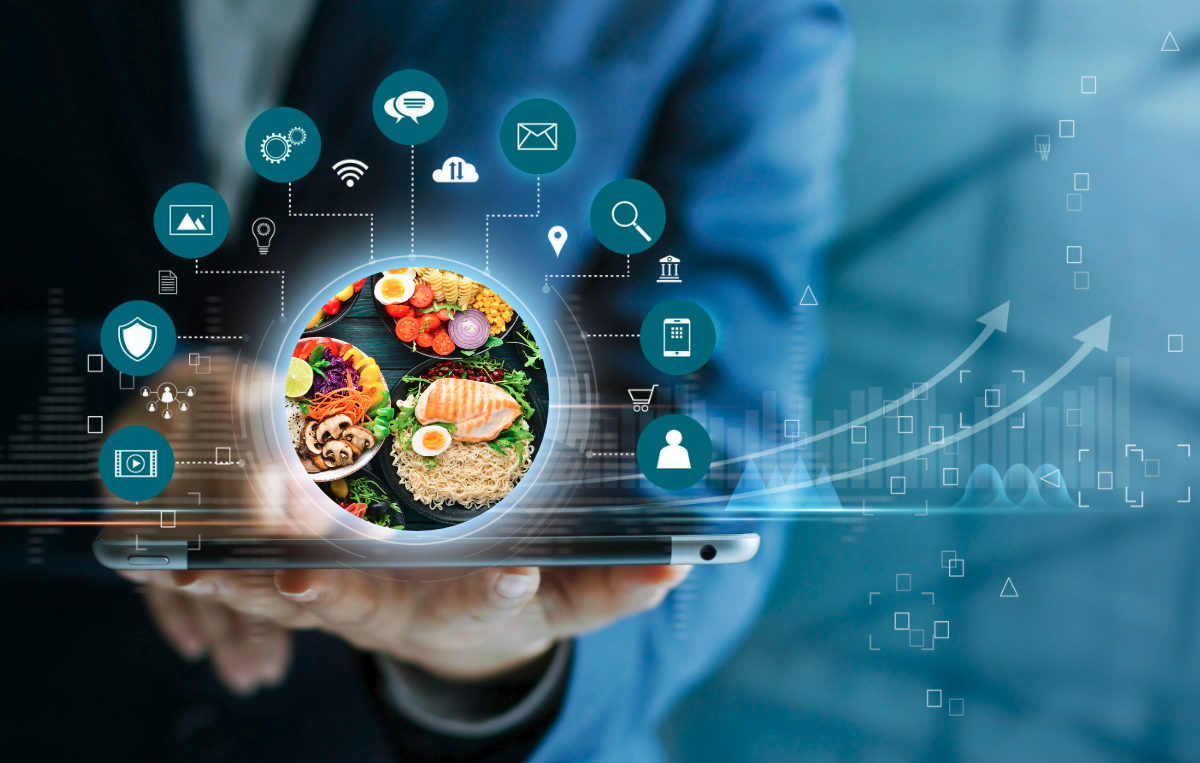ppr-revolution.com – The future of food is a tantalizing blend of innovation, sustainability, and health. As technology continues to advance, it is poised to transform the way we produce, distribute, and consume food. From lab-grown meats to precision agriculture, the culinary landscape is set to undergo a radical shift. This article explores the myriad ways in which technology will change what we eat, promising a more sustainable, efficient, and diverse food system.
Precision Agriculture:
One of the most significant technological advancements in food production is precision agriculture. This approach uses data analytics, GPS, field data maps, and crop performance reports to optimize planting, watering, fertilizing, and harvesting. By tailoring farming practices to the specific needs of each plant, precision agriculture increases yields while reducing waste and environmental impact. This technology is not only improving the efficiency of traditional farming but also enabling the cultivation of crops in previously inhospitable environments, such as urban rooftops or deserts, through innovative techniques like vertical farming and hydroponics.
Lab-Grown Meats:
The rise of lab-grown or cultured meats represents a paradigm shift in the way we think about animal protein. By taking a small sample of animal cells and growing them in a controlled environment, scientists can produce meat without the need to raise and slaughter animals. This technology promises to drastically reduce the environmental footprint of meat production, including greenhouse gas emissions, water usage, and deforestation. Moreover, it could alleviate ethical concerns surrounding animal welfare and improve food safety by eliminating the risk of certain zoonotic diseases.
Smart Packaging and Traceability:
Innovations in packaging are also set to change the food industry. Smart packaging incorporates sensors that can detect and indicate food freshness, monitor temperature conditions, and even release preservatives to extend shelf life. This technology not only reduces food waste but also enhances food safety. Additionally, blockchain technology is being used to create transparent supply chains, allowing consumers to trace their food from farm to fork. This traceability builds trust and enables more informed purchasing decisions.
Personalized Nutrition:
The future of food will also be highly personalized. With the advent of wearable technology and at-home diagnostic devices, individuals will have access to detailed information about their health and nutritional needs. This data, combined with artificial intelligence and machine learning, will enable the creation of customized meal plans and dietary recommendations. Food manufacturers and restaurants will use this information to offer personalized meal options, catering to individual health goals and dietary restrictions.
Sustainable Sourcing and Alternative Proteins:
As consumers become more environmentally conscious, there is a growing demand for sustainably sourced foods. Technology is facilitating this shift by enabling the mass production of alternative proteins such as plant-based meats, dairy substitutes, and insect-based foods. These innovations not only reduce the strain on natural resources but also offer new flavors and textures that appeal to a diverse range of palates.
Conclusion:
The future of food is a testament to human ingenuity and our ability to adapt technology to meet the challenges of feeding a growing global population. As we continue to innovate, we can look forward to a food system that is more sustainable, efficient, and diverse. From precision agriculture to lab-grown meats, smart packaging to personalized nutrition, the technological advancements on the horizon promise to revolutionize our diets and the way we think about food. As we embrace these changes, we can work towards a future where food is not only abundant but also produced and consumed in a way that respects our planet and our health.
